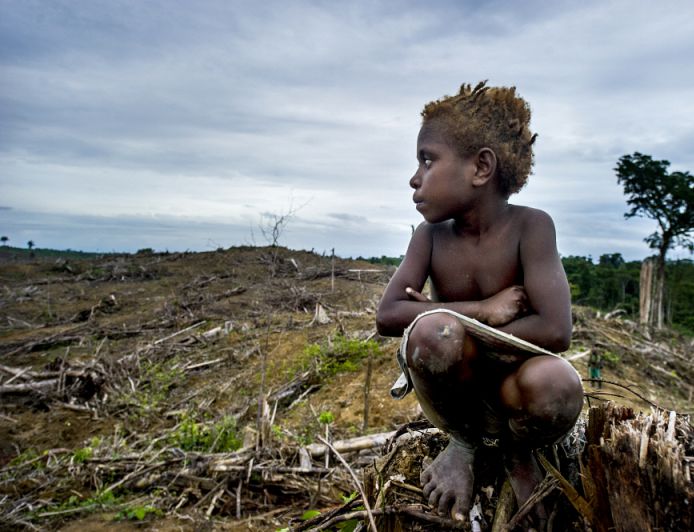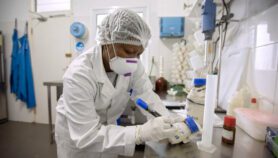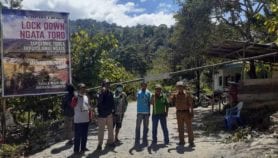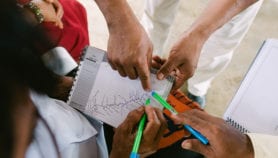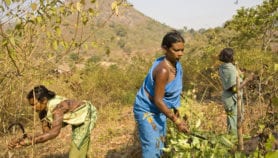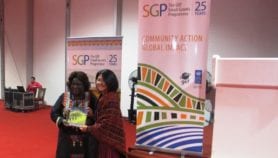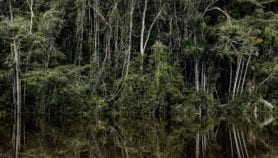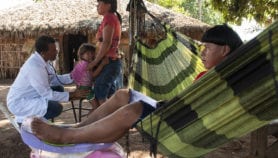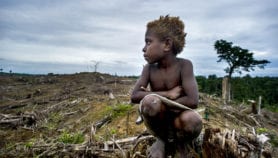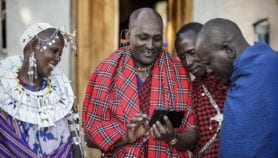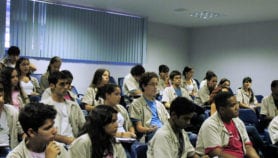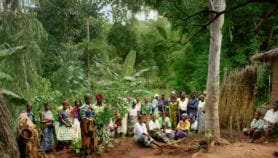By: Barbara Fraser
Send to a friend
The details you provide on this page will not be used to send unsolicited email, and will not be sold to a 3rd party. See privacy policy.
People living around forests home to uncontacted tribes need to be vaccinated and interpreters trained for encounters with such groups to prevent disease outbreaks and violence, researchers warn.
As interaction grows between tribal people and settlers in parts of the Amazonian jungle, scientists have urged local governments to ensure that those likely to be involved in first encounters are well prepared.
“The first step is to make sure they receive unambiguous signals that you’re going to be friendly.”
Kim Hill, Arizona State University in the United States
This includes stepping up vaccination programmes around areas occupied by isolated groups to avoid exposing tribes to diseases they lack resistance to, says Douglas Rodrigues, an indigenous health researcher at the Federal University of Sao Paulo in Brazil.
Healthcare workers must also understand that isolated and non-isolated people need different vaccinations, Rodrigues says. Adults who were never vaccinated against measles as children would need the children’s vaccine regime, he explains.
Rob Walker, an anthropologist at the University of Missouri, United States, says governments should send health teams for extended periods into areas close to uncontacted tribes, and that these must include epidemiologists who can help contain disease transmission.
Brazil and Peru are increasingly planning for first contact after members of the Mashco Piro tribe repeatedly came out of the Peruvian forest during July and August, apparently seeking contact with settlers. But anthropologists differ in how such contact is best managed and whether it should be sought at all.
The latest footage of the Mashco Piro tribe in Peru.
Peru’s Ministry of Culture drew fire in July, when it said it would launch a plan for “controlled contact” with the tribe. Such criticism is exacerbated by some first encounters ending in violence. In May, a young man from the Machiguenga tribe in Peru was killed by an arrow when a group of Mashco Piro entered his village.
Some anthropologists propose improving training for interpreters of tribal languages to help them read cultural signals and avoid misunderstandings when communicating with tribal people, such as body language that could be interpreted as witchcraft.
“The first step is to make sure they receive unambiguous signals that you’re going to be friendly,” says Kim Hill, an anthropologist at Arizona State University in the United States.
Scientists and politicians are also often uncertain about what constitutes a tribe actively seeking contact, and when contact is merely coincidental. For example, several Txapanawa men came out of the forest in Brazil last year to ask settlers for help after their tribe was attacked by armed men, possibly drug traffickers.
But contact with the Mashco Piro has been limited to their forays into the villages of settlers and some exchanges of fruit, making it unclear whether they want more interaction.
Jonathan Hill, president of the Society for the Anthropology of Lowland South America, points out that tribal people have a UN-backed right to choose isolation.
“But that’s not a principle that can be blindly applied in all situations,” he says. “It doesn’t apply to the Mashco Piro. They have initiated contact, and their ancestors had contact.”
He fears that without better strategies for controlled contact, tribal groups could be wiped out by violence and disease. Walker, who studies uncontacted tribes using satellite imagery, agrees.
He says that, of the eight tribes he is studying, only one appears to be doing well.


